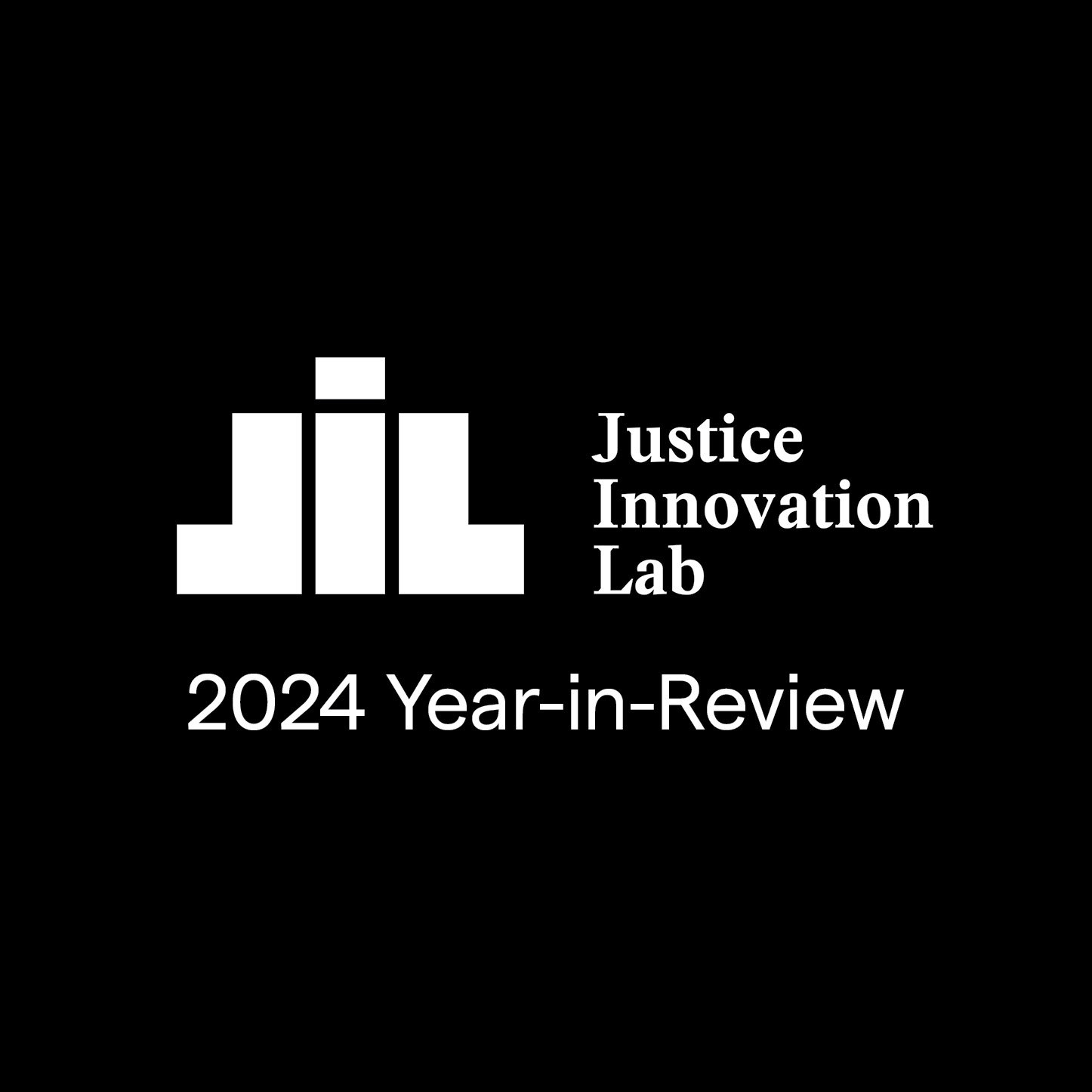Braman presents ‘The Prosecutors’ Paradox’ at Equity Institute Initiative’s research showcase
By Kelli L. Ross
WASHINGTON, DC — District Attorneys ask us, “What about my people? Are my prosecutors treating Black and White defendants differently?”
Donald Braman, George Washington University Law School Associate Professor and Justice Innovation Lab Director of Science and Policy, shared these questions at the start of his presentation, “The Prosecutors’ Paradox: How Race Neutral Prosecution Drives Racial Disparities & How Race Neutral Reforms Can Help,” at Equity Institute Initiative’s (EII) first-ever research showcase in September. The EII event at GW Law featured researchers’ work on racial, ethnic, and socioeconomic equity, including Justice Innovation Lab (JIL), who is an EII grant recipient.
“Prosecutors are some of the most powerful actors in the criminal justice system,” Braman said. “Judges, by and large, don't see a case, unless a prosecutor wants them to see it. And, police can't move a case forward without a prosecutor's agreement.”
Because all crime-related issues are local, Braman said, “the first thing that we do with a prosecutor's office is a lot of research and measurement” using local data. Braman and other Justice Innovation Lab members collaborated with prosecutors to assess the extent of racial disparities in incarceration in Charleston, South Carolina, and what was driving those disparities.
JIL’s analysis revealed that every year in Charleston, Black residents were sentenced to over 1,100 more years in prison than White residents, even though according to the census, the Black community was about 20% of the Charleston population while the White population was about 74%.
“These are huge disparities with very serious real-world impacts,” Braman shared.
Braman also noted that prosecutors are unaware of what was driving these disparities: “excessive arrests for nonviolent offenses and escalating sanctions for repeat offenses.” The data reveals that police are more likely to arrest Black community members than they are White community members who engage in the same behavior. And, because Charleston, like most jurisdictions, imposes rapidly escalating penalties for subsequent convictions, this also substantially increases the likelihood that any Black person will be sentenced to lengthy prison than a White person engaging in the same behavior.
JIL researchers also found that prosecutors knew that police were making lower-quality arrests in Black neighborhoods, but they were unaware of how the high volume of low-quality arrests interacted with the structure of the criminal code.
With funding from Microsoft, GW Law students are helping expand the work of JIL by learning how a specific jurisdiction works. This summer, they spent hundreds of hours learning how cases and information get handed from one party to another as well as conducting detailed interviews with prosecutors, affected community members, and judges.
JIL’s data scientists and engineers then help us understand the patterns in what is happening and what the case volume is at every step along the way, Braman said. We then take all we have learned and go back to the jurisdiction with this knowledge.
“As we worked with prosecutors in South Carolina, they spoke of frustrations with high-volume, low-quality cases they were taking from police,” Braman said. “They wanted to set up a screening unit. So, we did a pilot with one police department just screening for sufficiency of the evidence or cases flowing from unconstitutional searches. In that pilot screening unit, the rate of dismissals overall went up, but almost all of the additional dismissals were for Black defendants, which makes sense. Because those are the defendants with lower quality cases.”
Dismissals went from 18–20% to about 45%—more than doubling the rate of dismissal for Black defendants and drug cases, which is a dramatic reduction.
“Prosecutors have never been engaged in a process like this,” Braman said. “They are used to academics throwing shade, or darts, or bricks at them, not helping them change. But if we want change, we have to do more than point fingers. And, I am so glad that the Equity Institute has made tangible change a cornerstone of its mission.”



